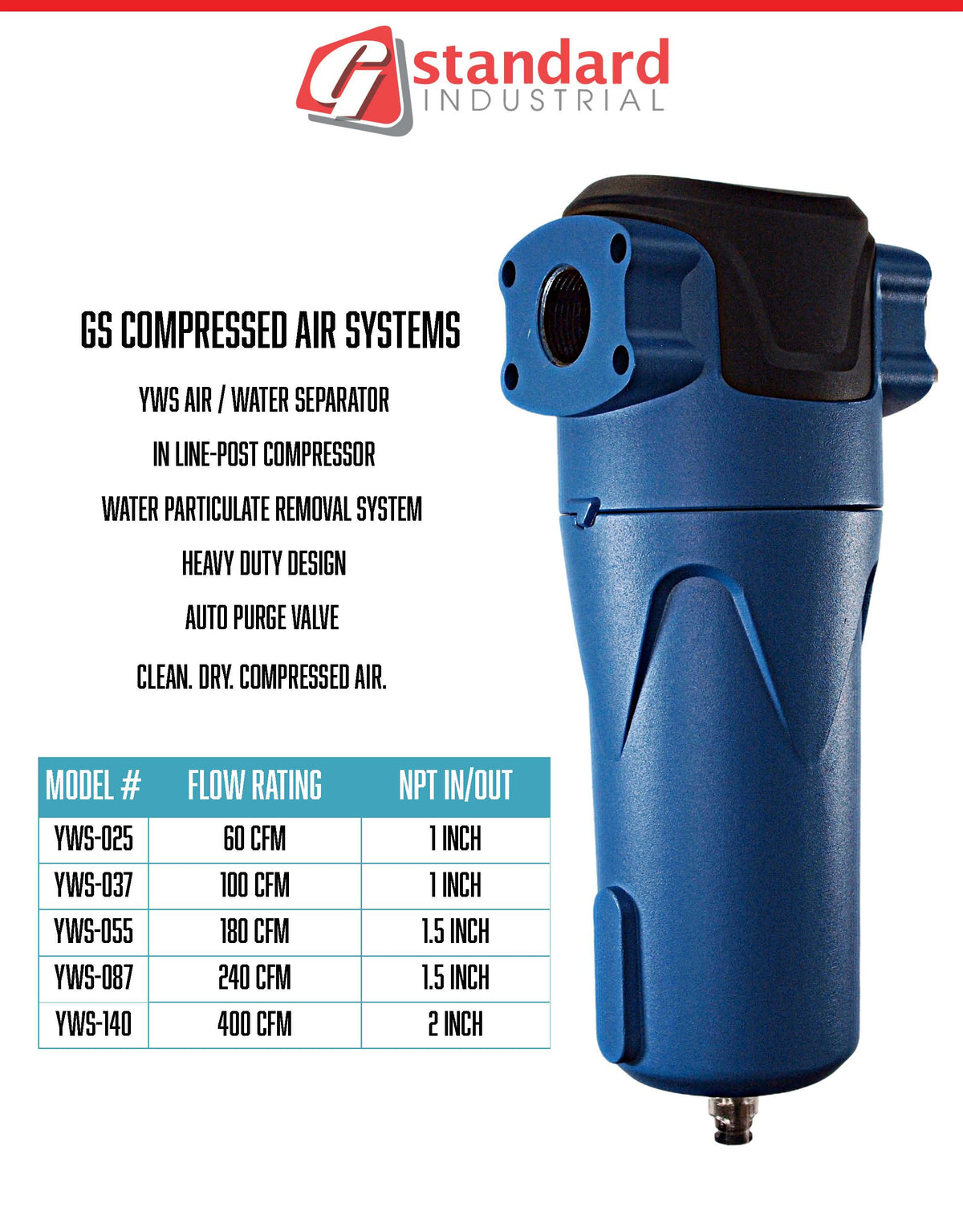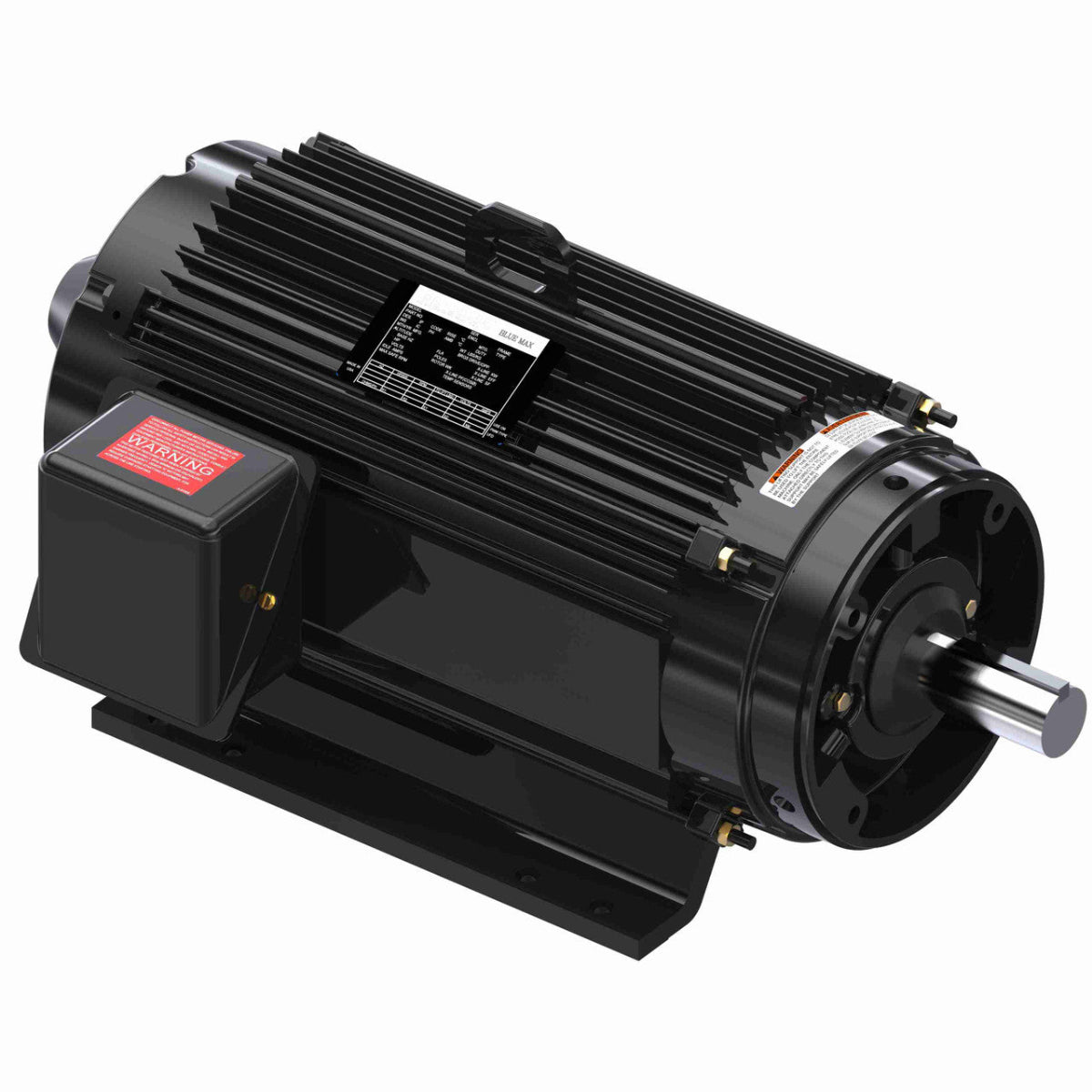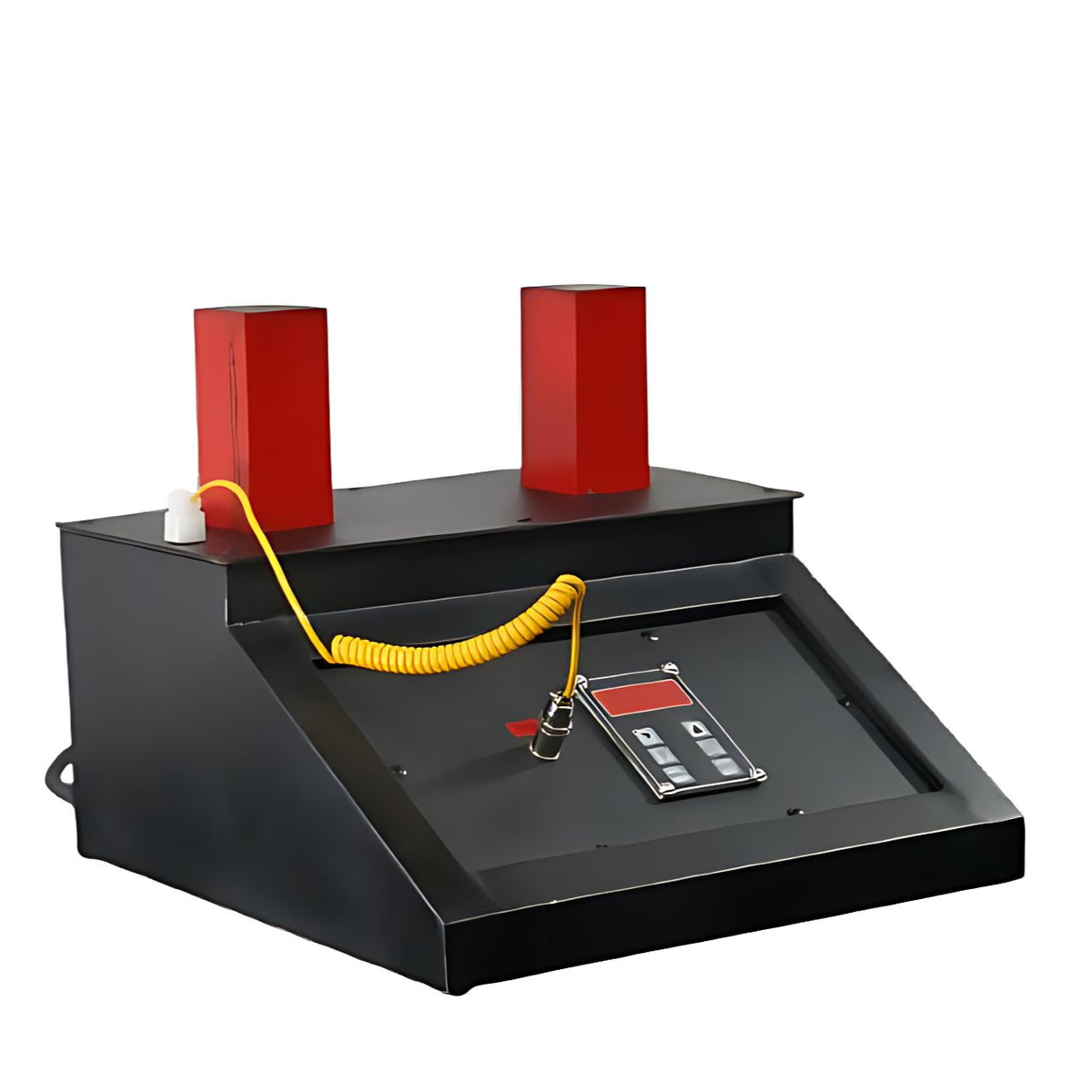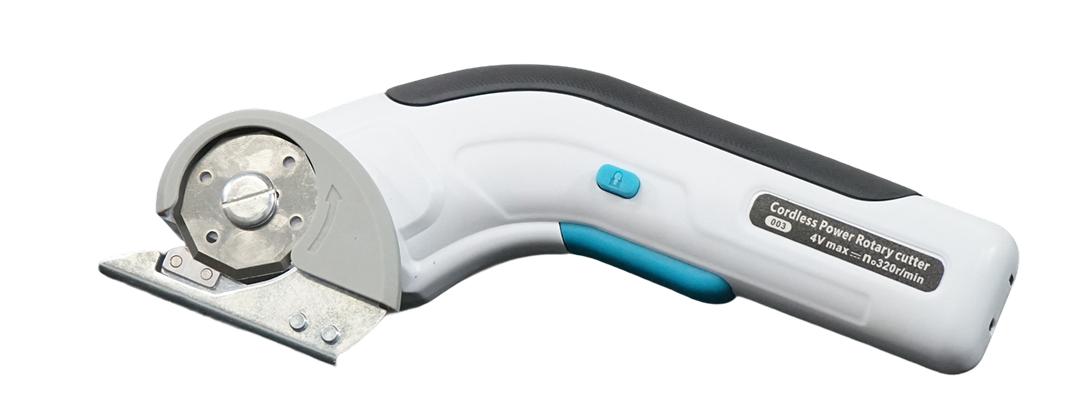Author: Noah Gilbertson
Presented by: G Standard Industrial
Sizing a compressed air dryer is not about matching the compressor's horsepower; it is about matching the actual air flow and the inlet conditions the dryer will experience. An undersized dryer will become a bottleneck, causing pressure drop and allowing moisture through. An oversized dryer is a waste of capital and can lead to operational issues. Proper sizing ensures dry air, minimizes pressure drop, and optimizes energy use.
Key Parameters for Sizing a Dryer:
-
Maximum Flow Rate (SCFM): This is the single most important factor. The dryer must be able to handle the peak flow rate of the compressed air system, which is not necessarily the compressor's full-load output. The flow rate must be in Standard Cubic Feet per Minute (SCFM), referenced to a standard condition (e.g., 14.5 psia, 68°F, 0% RH), as this accounts for variations in pressure and temperature. Using the compressor's rated CFM is a good starting point but understanding peak system demand is better.
-
Inlet Pressure: Dryers are rated for a specific operating pressure range (e.g., 100 psig). Operating a dryer at a pressure significantly lower than its rating reduces its effective drying capacity.
-
Inlet Temperature: The temperature of the air entering the dryer is critical. For every 20°F (11°C) increase in inlet air temperature, the moisture load doubles. A refrigerated dryer's rated capacity is typically based on an inlet temperature of 100°F (38°C). If your air is hotter, you must select a larger dryer.
-
Why it matters: Hot air from the compressor holds more water vapor. If this hot air is sent directly to a refrigerated dryer, it can overwhelm the unit. This is why a properly sized aftercooler (often integrated with the compressor) is essential to reduce the air temperature before it reaches the dryer.
-
-
Ambient Temperature: For refrigerated dryers, the cooling capacity of the refrigerant system is affected by the temperature of the air in the compressor room. A hot ambient environment can reduce a dryer's efficiency.
-
Required Pressure Dew Point (PDP): This is the temperature at which air is saturated with moisture and condensation begins at line pressure. It defines how "dry" the air needs to be.
-
Refrigerated Dryers: Typically deliver a PDP of 35°F - 39°F (2°C - 4°C). This is sufficient for most industrial applications.
-
Desiccant Dryers: Deliver much lower PDPs, e.g., -40°F (-40°C) or lower, for critical applications where freezing lines or ultra-dry air is necessary.
-
The Sizing Process: A Step-by-Step Summary
-
Establish Peak System Flow: Determine the maximum SCFM the system will require. This should include all simultaneous uses and a safety factor.
-
Determine Inlet Conditions: Identify the pressure (psig), temperature (°F/°C), and ambient conditions the dryer will operate under.
-
Select Dryer Type: Based on the required Pressure Dew Point (PDP), choose between refrigerated or desiccant technology.
-
Apply Correction Factors: Consult the manufacturer's dryer selection charts. These charts provide correction factors for inlet temperature and ambient temperature. Multiply the peak system flow by these correction factors to get the corrected flow rate.
-
Select the Dryer: Choose a dryer model whose rated capacity at your operating pressure is equal to or greater than the corrected flow rate.
Example: If your peak flow is 100 SCFM, but your compressor discharge air is 120°F, you will need a refrigerated dryer rated for significantly more than 100 SCFM at 100°F inlet temperature to handle the increased moisture load.
Consequences of Incorrect Sizing:
-
Undersized: Excessive pressure drop, saturated desiccant (in desiccant dryers), moisture carryover, and ice formation in refrigerated dryers.
-
Oversized: Higher initial cost, higher operating cost (especially for heat-reactivated desiccant dryers), and potential "short cycling" in refrigerated dryers, which reduces efficiency.
Sizing a dryer requires careful calculation. G Standard Industrial strongly recommends consulting with our application engineers. We can ensure your dryer is perfectly matched to your rotary screw compressor and overall system demands, guaranteeing dry, clean air and protecting your investment.
Sources for this Article:
-
Compressed Air and Gas Institute (CAGI). (n.d.). Compressed Air Dryers: Types, Sizing & Selection. CAGI Pneumatics Section. Retrieved from https://www.cagi.org/
-
Kaeser Compressors. (n.d.). Compressed Air Dryer Sizing. Technical Documentation. Retrieved from https://www.kaeser.com/
-
ISO 7183:2007. (2007). Compressed air dryers — Specifications and testing. International Organization for Standardization.




0 comments